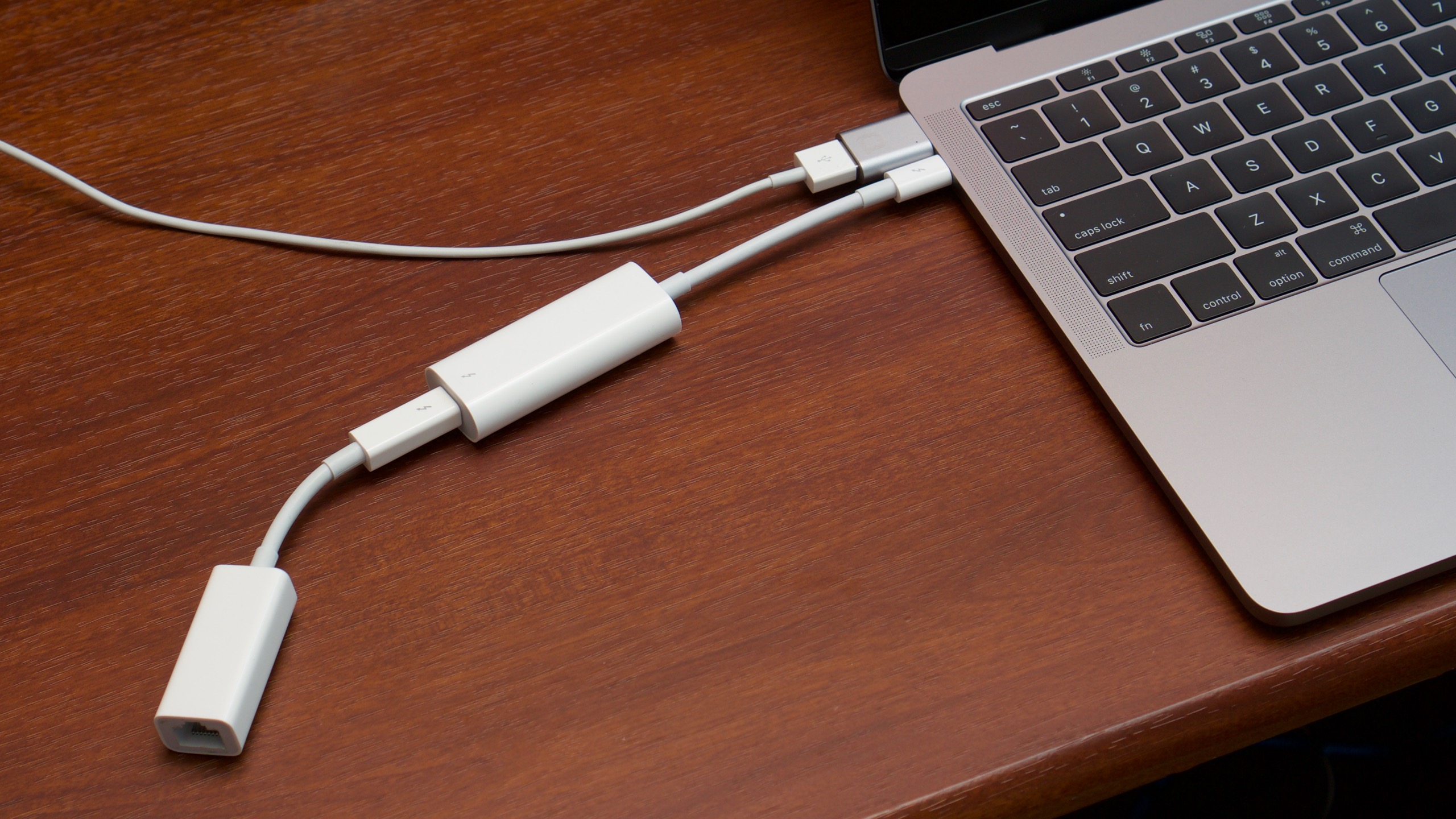

The USB family naming system was updated again which differentiates between the new transfer modes. USB 3.2 is only available on USB-C connectors because it utilizes extra pins that were designed for the reversibility of USB-C. The new transfer speeds boast an impressive 2.4GBps making it almost 2.5x faster than USB 3.0. Manufacturers can advertise products with the slower speed (600MBps) as USB 3.1 and not specify which generation. Just because the label says USB 3.1 doesn’t mean you’re getting a faster flash drive or device. When you are looking at a listing for USB 3.1 devices, make sure you check the transfer speed as well.
USB 3.1 Gen 2 = 1,250MBps, 128B/132B signal (Faster speed, new encoding signal). USB 3.1 Gen 1 = 600MBps, 128B/132B signal (Formerly USB 3.0 speed, new encoding signal). Any of the newer encoding standards, even if the speeds are slower, are listed as USB 3.1. Anything with the old encoding standard is listed as USB 3.0. This makes an easy differentiation between the old encoding signal, named “8B/10B”, and the new encoding signal, named “128B/132B”. Instead, they renamed the 600MBps USB 3.0 to “USB 3.1 Gen 1” and gave “USB 3.1 Gen 2” as the name to the faster 1,250MBps standard. In 2013, the USB Implementers Forum (USB-IF) announced that they would be increasing the speed of USB 3.0 to 1,250MBps from 600MBps. History, Encoding, and Speeds of USB 3.0, 3.1, and 3.2 USB 3.0 and USB 3.1 A little bit of math, 2MB transferring at a speed of 1MBps would take 2 seconds to transfer. For perspective, phone camera photos in late 2021 are around 2 megabytes (MB). Don’t confuse this with megabits per second (Mbps). 
Data transfer speeds are rated in megabytes per second (MBps).






 0 kommentar(er)
0 kommentar(er)
